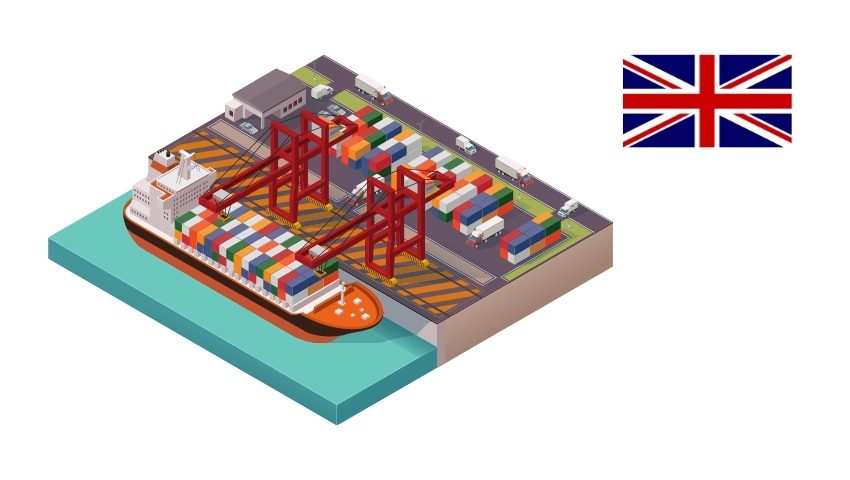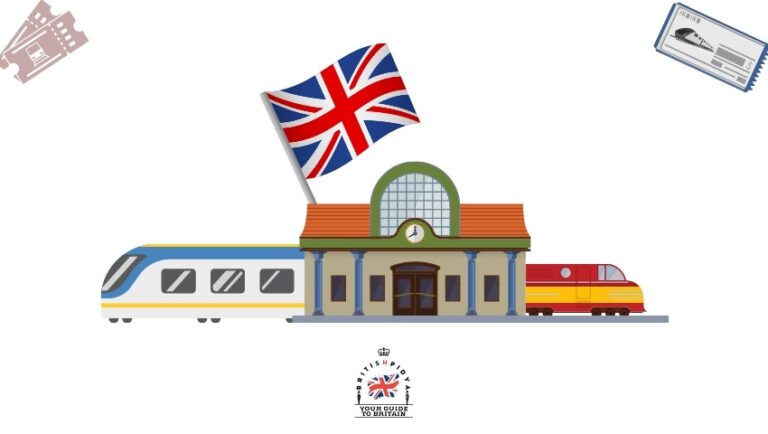Commercial ports in the UK .. Full guide 2023
The maritime history of the United Kingdom is extensive and famous. The UK’s commercial ports have piqued the country’s attention, prompting it to seek new trade deals, particularly following Britain’s withdrawal from the European Union, since the ports are already worth $57 billion to the UK economy.
The UK has a long history of trading and we have some of the most important ports in the world. These ports are not just for trade, but also for travel.

The most important commercial ports in the UK
Port of London
The Port of London surrounds the River Thames in the southeast of England, 80 kilometers from the North Sea, about 100 kilometers northeast of the port of Southampton and 75 kilometers north of the English Channel. It is also located more than 220 kilometers north of the port of Le Havre, the second busiest port in France.
– The Port of London is one of the busiest ports in the world. It handles more cargo than any other port in Europe, and is one of the busiest ports in the world. It’s also a major tourist attraction with many cruises originating there.
The Port of London is the political, cultural, financial and industrial center of the country and the former British Empire.
Since the Saxon period, the Port of London has been an important part of the city’s economy. It is a worldwide hub for international business and trade, with London being one of the three pillars of the global economy (together with New York and Tokyo), with PwC estimating that the Port of London had the world’s sixth biggest economy and the second largest in Europe in 2005.
The Port of London’s economy is heavily reliant on its financial industry, with more than half of the companies in the UK and more than 100 of the 500 largest companies in Europe having headquarters in central London, and services, science, and research are becoming increasingly important in the city’s economy.
Tourism is a major sector for the Port of London , with around 350,000 full-time workers and annually the Port of London attracts more than 15.6 million foreign tourists.
Today, the Port of London handles 12.5 thousand merchant ships and more than 53 million tonnes of cargo per year, including forest products, oil and petroleum, vehicles, sugar, grains, oils, edible fats, animal feed, steel, other minerals and fertilisers, and chemicals, cement, minerals, and container waste.
The Port of London annually handles 53.8 million tons of cargo, including 45 million tons of imports and 8.8 million tons of exports. Where the goods packed in containers included a total of 1704 containers, distributed between 948 thousand containers of imports and 756 containers of exports.
The volume of shipments in the Port of London is 19.3 million tons of crude oil and petroleum products shipments, 14.6 million tons of containers and trailers, 2.5 million tons of coal, 2 million tons of forest products, 1.5 million tons of minerals, one million tons of grain and 5 million tons other trucks .
Port of Immingham
Immingham is a port on England’s southeast coast, on the south bank of the Humber Estuary in northeastern Lincolnshire. It is about 220 kilometres northwest of the Felixstow port and around 240 kilometres north of London. Immingham Port is one of the busiest in the United Kingdom.
The port opened in 1906 AD, and the chemical and petroleum industries flourished along the banks of the Humber River in the 1950s, bringing 20 years of economic and demographic boom and driving building.






